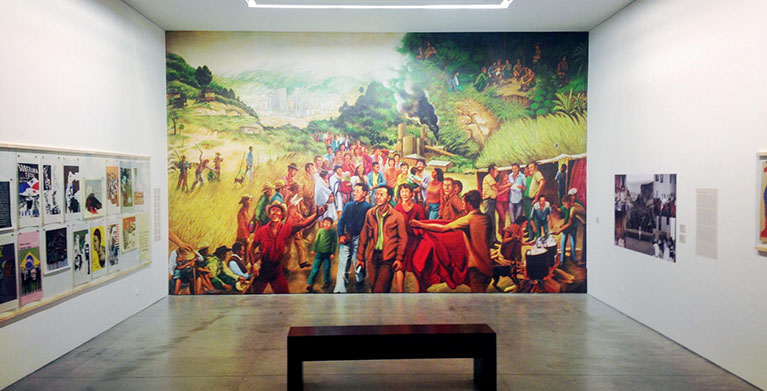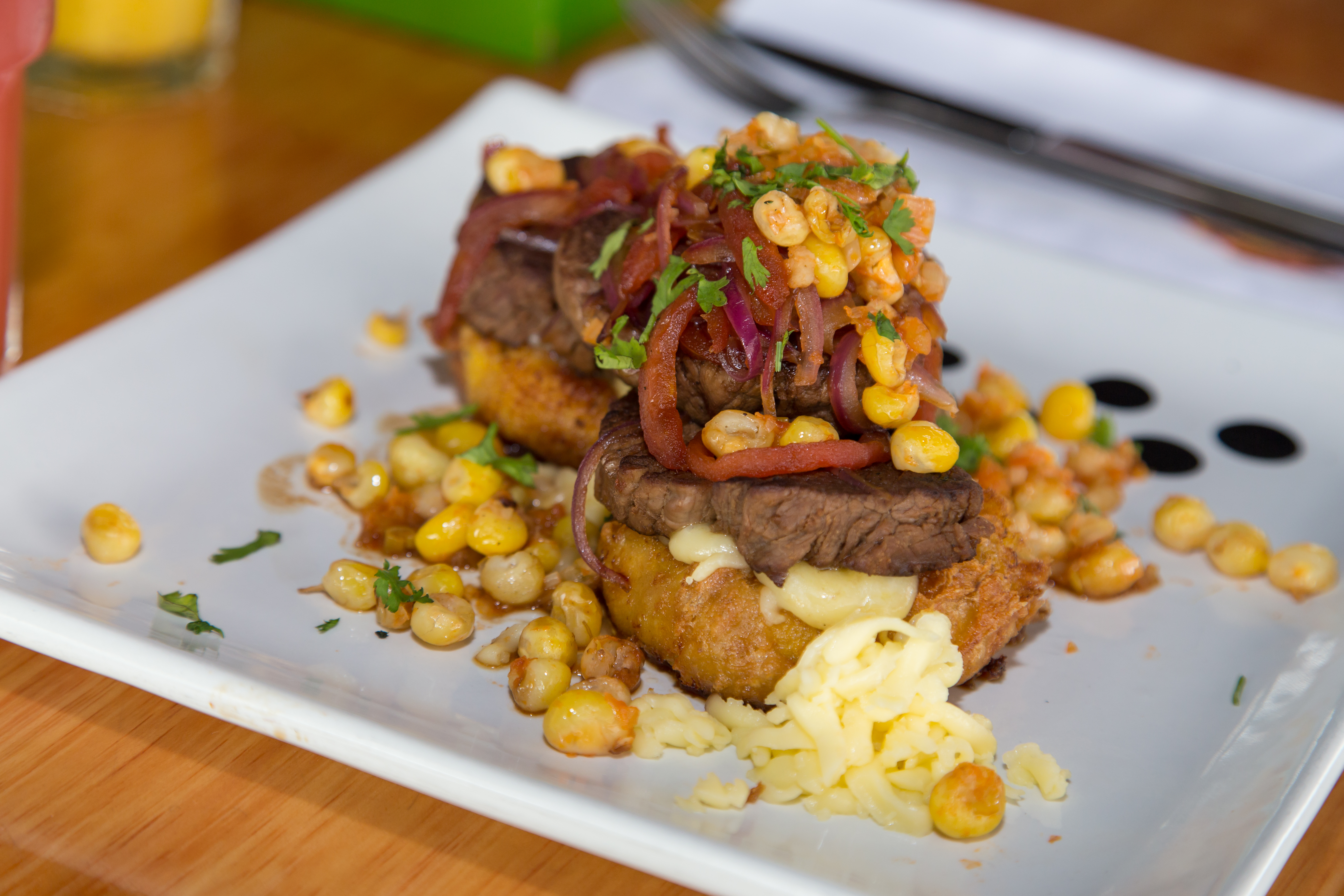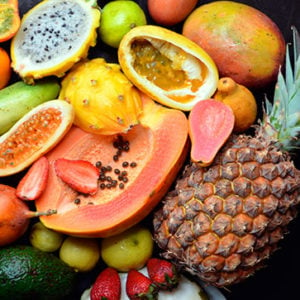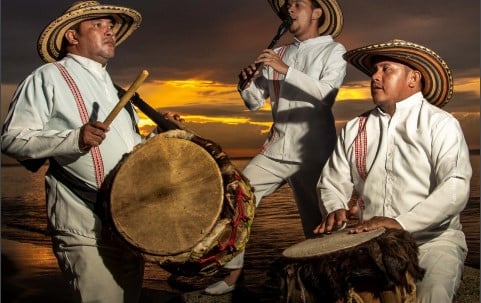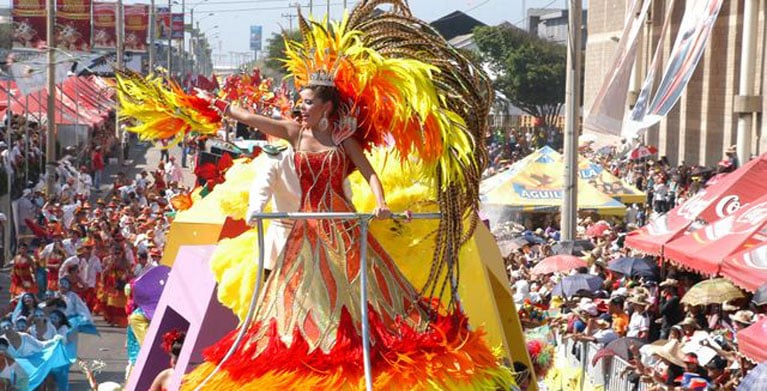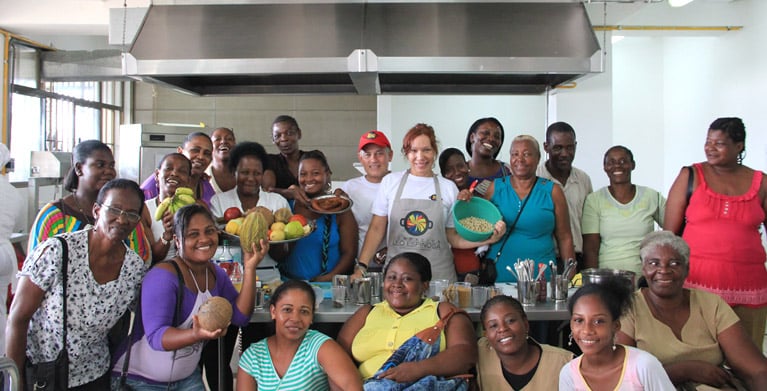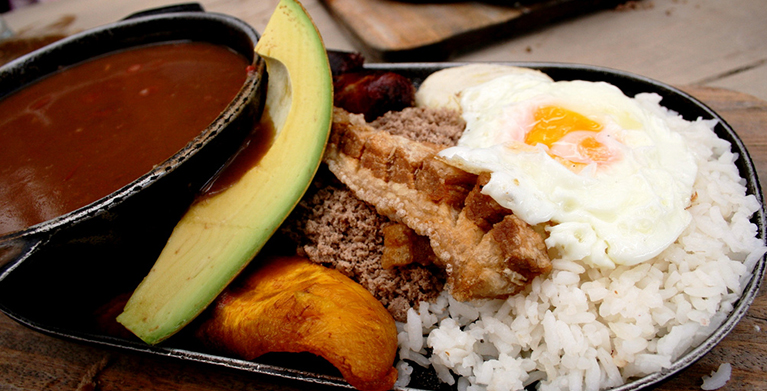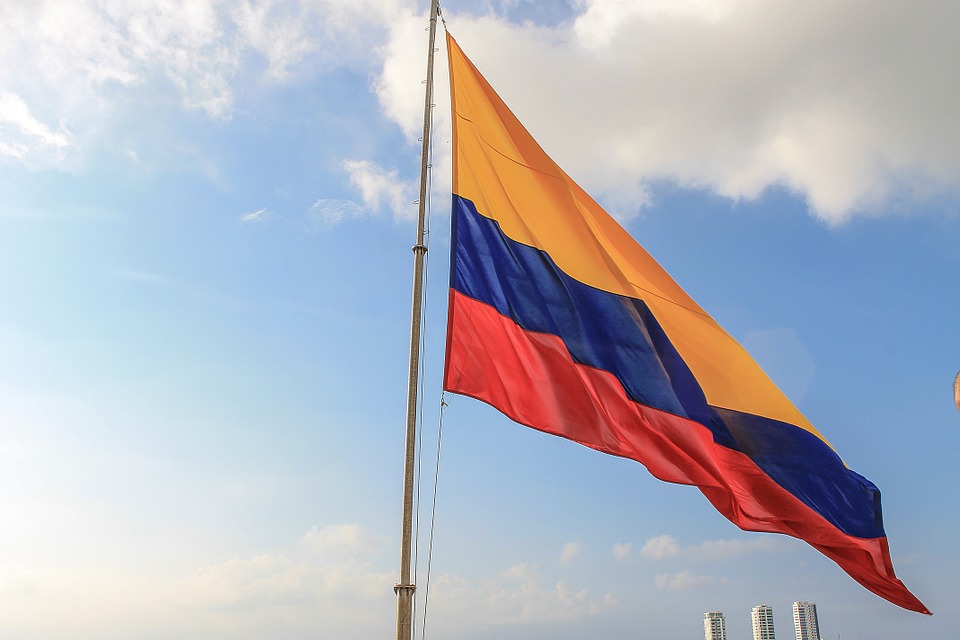Before keeping on reading, we recommend you serve yourself a good cup of Colombian coffee, ‘cause if there’s one thing we’re sure of, it’s that this journey will be rendered all the better by enjoying one of the beverages that best showcase the beauty of Colombia.
Now that we’re ready, let’s recap a bit of history about one of the most consumed beverages around the world, beaten only by water and tea.

The coffee plantation-filled mountainous landscapes of Colombia manage to immerse us in a world of aromas, textures and flavors that perfectly match the traditions across the country’s coffee regions. To begin our adventure of truly discovering Colombian coffee, it is essential to learn how this product first arrived in the country. Let’s go back to the 18th century, when Jesuit priests introduced to the land this magic elixir, and inadvertently gave the future national coffee industry its first boost. According to legend, there was a priest in what today is the Norte de Santander department who made his parishioners plant coffee as a penance.
The decades went by and the crops grew. The possibilities soon became evident and, in 1835, the first sacks were exported from the very same department of Norte de Santander. A great start towards introducing Colombian coffee to the world.
As the country’s foreign commerce grew—and motivated by the idea of conquering the world with the taste of Colombian coffee—exports in 1870 reportedly increased from about sixty thousand sacks to six hundred thousand. This managed to showcase the country’s remarkable exports potential.
By 1927, coffee growers, united by common expertise and a hope to guarantee their benefits and rights in the industry, founded the FNC (National Coffee Growers’ Federation), recognized at the time as the largest NGO in the world.
With the aim of positioning Colombian coffee by highlighting its properties and remarkable quality, as well as by modernizing and improving growing processes, the CENICAFÉ research center was later founded in 1938.
This journey amounts to a generational passing on of knowledge, tradition, and passion. The hidden beauty of Colombian coffee is found in its history; it’s been 300 years of building an identity and sharing a cup of coffee rendered unique by its aroma, body, and flavor.
The best smooth coffee in the world

That’s right, it’s a recognition that, in addition to being tasted in every cup we drink, is strongly supported by our current possession of the Protected Geographical Indication (PGI) seal, which reaffirms the fact we offer a very high-quality product.
One could say this is thanks to the talent of Colombian farmers, who have developed a highly technical production process; as well as to natural conditions, such as the ideal altitudes and stable temperatures, which allow us to grow the best soft coffee in the world.
A journey through four regions with coffee profiles for every taste
This beverage not only accompanies the soul, but it also reinvigorates it. Our coffee has unique, diverse origins and produces profiles that can be identified across different regions of our country.
Western Colombian Andes – Antioquia
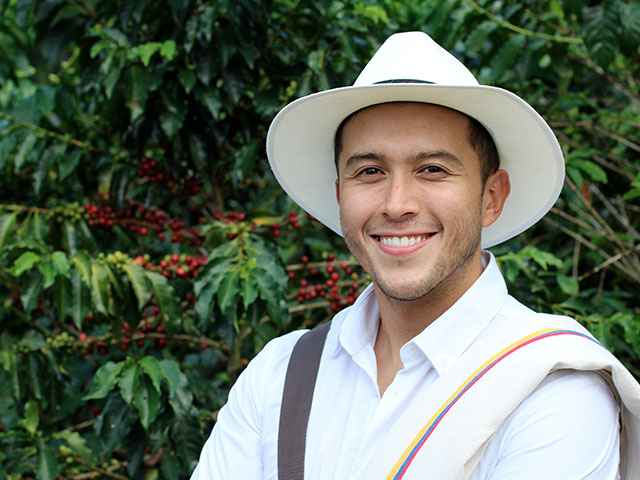
It’s time to take this coffee tour to the department of Antioquia, in the Western Colombian Andes, which yields coffee with a fruity aroma, medium acidity, with a balanced medium body that is characterized by being a smooth beverage with sweet notes and a slightly fruity and herbal aroma. A bit technical, right? But that’s what it’s all about: being able to identify the very coffee that in the long run might become our favorite.
Eastern Colombian Andes – Santander
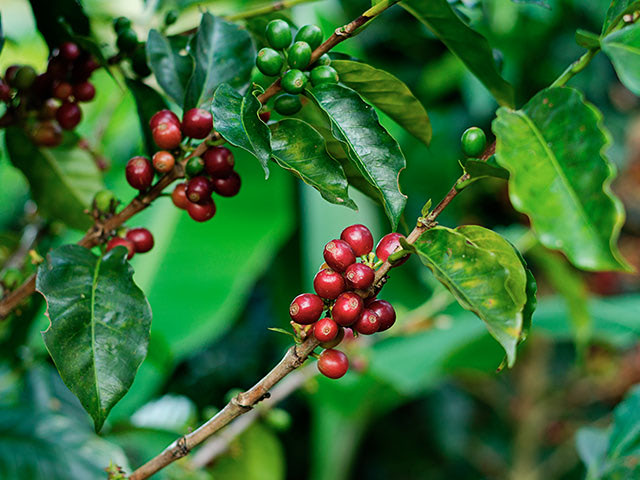
At this stop, in the Eastern Colombian Andes, we find ourselves in the land where Independence first stirred. It offers us coffee with a pronounced aroma, medium acidity, and a medium-balanced body that is characterized as a beverage with herbal notes. Perfect to take a break at any time of day.
Colombian Massif – Cauca
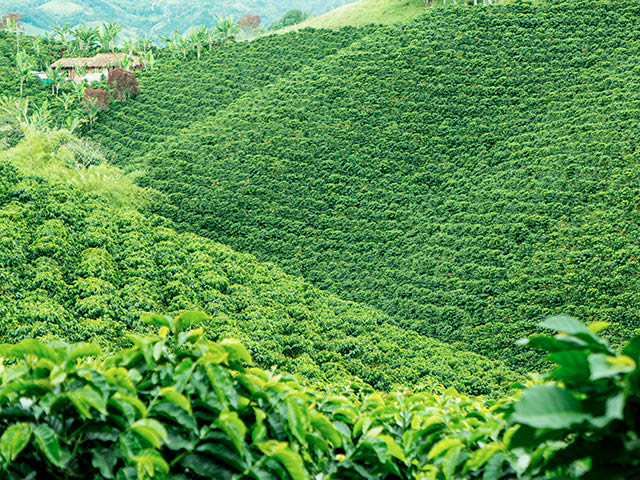
The Cauca department, an ancestral land of the Colombian Massif with multiple natural riches, offers us coffee with a pronounced aroma. This is complemented by having medium-high acidity and a medium-soft body. Such are the characteristics of a silky and sweet beverage with fruity notes and strong caramel aromas.
Colombian Massif – Huila
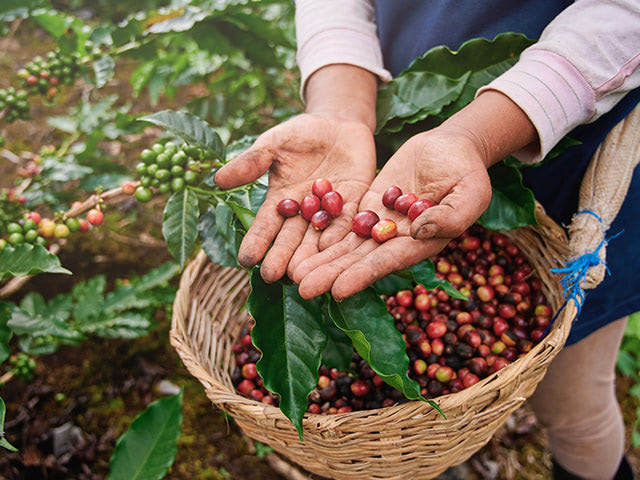
And we’re at our last stop. If you like coffee with a very strong aroma, you can find it in the department of Huila, in the Colombian Massif. In addition to having a medium-high acidity with a medium-balanced body, it’s characterized as a smooth, balanced beverage.
Unfortunately, our journey reaches its end here—for now. This is the knowledge of generations that have put their work, love, and passion into maintaining a very high quality coffee, the one you’ll surely appreciate all the more each morning from now on, and one that’s truly worthy of showcasing the beauty of Colombian culture around the world..


